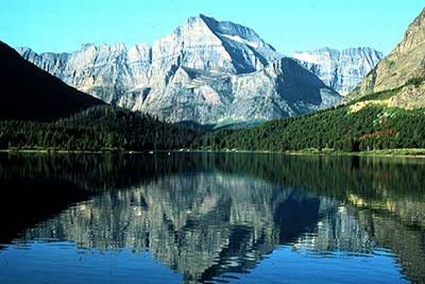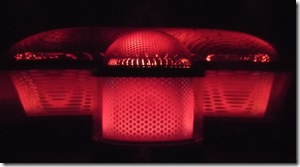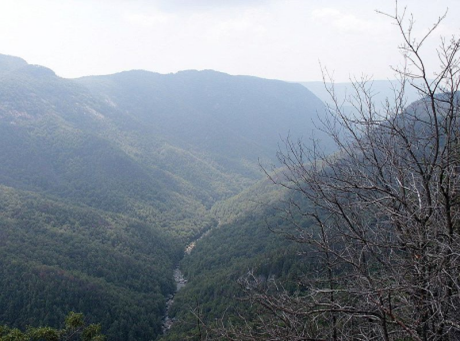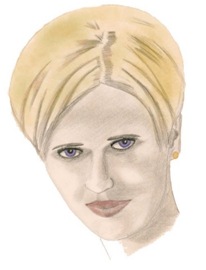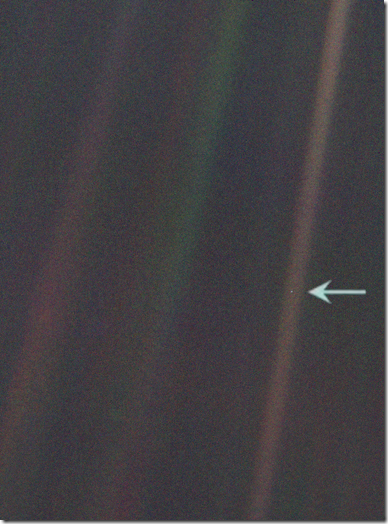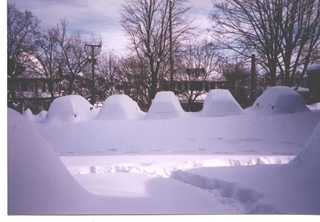My dad’s first boat was a “deadrise”, the kind of traditional workboat used by watermen on the Chesapeake Bay. It was a 23 foot wooden boat. The original inboard engine had been removed and a 4 cylinder Homelite outboard had been installed. The boat was old and beat up and clunky. Most of all, it was slow. My brother and I called the boat the “African Queen”, a reference to Humphrey Bogart’s clunky boat in the movie The African Queen.
One morning my dad, my brother Ken, and I left on an overnight trip down the river. We were headed to a place called Scotland Wharf. It would be a 2 day round trip. Around lunchtime on the first day, the engine died. We checked the fuel gauge; it was on “E”. We weren’t worried; we had two fuel tanks and the other tank was full of gasoline. We broke out some snacks and had lunch.
Why did we think this trip was going to be smooth? Nothing we did ever went smoothly.
After lunch we tried to start the engine. We connected the second fuel tank to the outboard and we cranked the engine. And we cranked some more. We waited in case the engine was flooded, and we cranked again. We cranked until the battery was dead.
Fortunately we had another battery! The engine had a bad charging system and wouldn’t charge the battery. So as we cruised down the river we were continually depleting the battery. During the day this wasn’t so bad, but at night we had to turn on the navigation lights, and battery life became an issue. So we carried 2 batteries.
We connected our backup battery. With a fresh battery the engine still wouldn’t start.
“Wait a second” I said. “Let’s pull the cover off the engine. I want to look at the distributor.” I had become suspicious that the points had closed up. If they had, there would be no high voltage for a spark.
With the distributor cap removed, I watched the distributor points while my dad cranked the engine. I was incredulous when the distributor rotor didn’t spin. The only possibility I could think of was a broken distributor shaft.
“Big trouble,” I thought. But we had tools with us, so we pulled the distributor out of the engine. The distributor shaft was really two shafts connected by a nylon coupling no bigger than a postage stamp, and that coupling had sheared.
We were drifting with no engine power. The depth gauge read 90 feet. And we were in the shipping channel. It was at this point that I looked behind us and saw a large freighter coming around a bend in the river and bearing down on us. The freighter was too big and too close to stop, and it couldn’t go around us in the narrow channel.
We had no paddles or oars, but we grabbed a couple of loose boards that happened to be lying in the bilge and we paddled furiously toward shore. Our efforts and the current brought us close to shore where some men were working on a house. Seeing our predicament, they threw us a line and hauled us into shore.
The men tried their best to help us. One even loaned us his car so we could look for a replacement part, but we had no luck finding anything useful. So one of the workmen took his power saw and cut off the end of a wrench so that we could make a replacement coupling. We took the little piece of steel back to the boat and, using a small file, we began to work on it, shaping it to replace the nylon coupling. It took hours of filing on that piece of hardened tool steel to make it fit.
There were other stories on that trip. The James gets fairly wide close to the bay. Nightfall found us chugging along in our small boat, running the engine and navigation lights from a single well-used battery, staring at the large ships around us, reading a navigation chart by a dim light bulb and trying to figure out answers to “where are we?” and “where are we going?” and “how do we get there?”. We made it to Scotland Wharf, but while we were getting gas the tide went out, and suddenly the African Queen was aground in the shallow water.
Eventually my dad sold the boat. I was at the marina the day the new owner had the boat pulled out of the water so that its hull could be scraped and painted. The marina guys got the boat onto a trailer, which they pulled up the boat ramp with a tractor. But the trailer wasn’t hitched properly to the tractor. When the tractor got to the top of the boat ramp, the hitch parted and the trailer, with boat, went flying down the ramp to the water. Boat and trailer crashed through part of a dock and a handrail. Suddenly the boat was drifting out with the tide with no one aboard. The marina guys retrieved the boat, but after the impact with the dock, the hull was never again watertight and the bilge had to be pumped constantly to prevent it from sinking.
Which, eventually, it did.




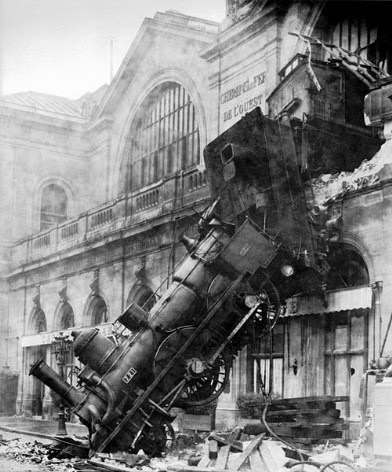
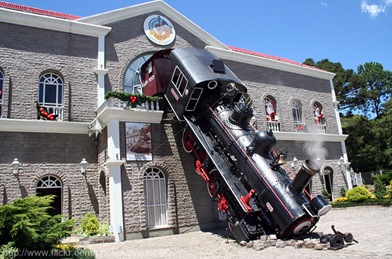
 snow Sunday night, and on Monday morning the ground was white. But it was one of those very light snows that should have disappeared the next day and it didn’t. It lingered, and it still lingered on Thursday morning, and sure enough it was waiting for more snow – and here it is. Snow falls as I type this blog post. The kerosene fire is toasty and lunch is over. What did I eat on this snowy day, you ask … salad greens (romaine and spring mix) topped with “Firehouse” chili sprinkled with red pepper flakes and grated jalapeño cheese, and some buttermilk ranch dressing to top it off. Was it good, you ask. Oh yeah!
snow Sunday night, and on Monday morning the ground was white. But it was one of those very light snows that should have disappeared the next day and it didn’t. It lingered, and it still lingered on Thursday morning, and sure enough it was waiting for more snow – and here it is. Snow falls as I type this blog post. The kerosene fire is toasty and lunch is over. What did I eat on this snowy day, you ask … salad greens (romaine and spring mix) topped with “Firehouse” chili sprinkled with red pepper flakes and grated jalapeño cheese, and some buttermilk ranch dressing to top it off. Was it good, you ask. Oh yeah! 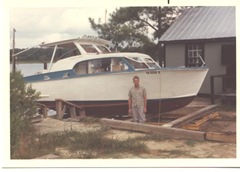


 meadow: small, delicate, violet flowers, probably native to high mountain meadows. There were small yellow flowers that resembled black-eyed susan. My dog Shadow ran and romped, and I trudged a long way across the meadow until my van was a dot in the distance.
meadow: small, delicate, violet flowers, probably native to high mountain meadows. There were small yellow flowers that resembled black-eyed susan. My dog Shadow ran and romped, and I trudged a long way across the meadow until my van was a dot in the distance.